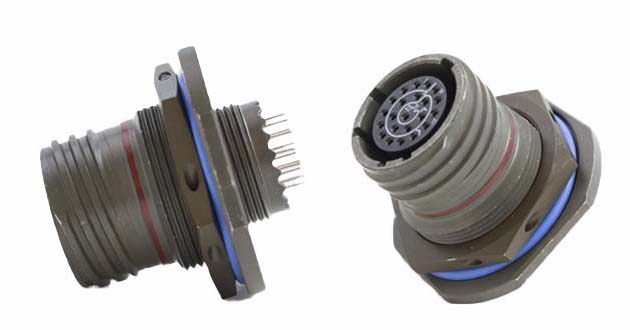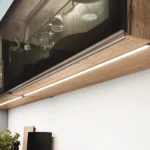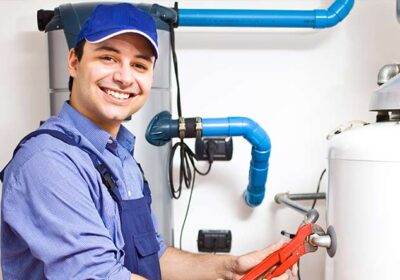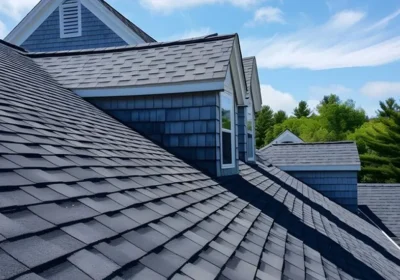
Top Maintenance Tips for Your Multipin Plug Socket
Electronic equipment’s optimal performance and safety start with proper multipin plug socket maintenance. Neglecting this component can result in power outages, equipment damage, and electrical hazards. To protect your electrical connections and extend the life of your appliances, we have compiled a list of top maintenance tips. Following these guidelines allows you to enjoy a reliable power supply in your home or office.
Regular cleaning:
It is critical to clean your multi-pin plug regularly to prevent dust, dirt, and debris from building up on the contact points. Use a soft, dry cloth to gently wipe the socket surface to remove any visible dirt or grime. Avoid using liquid cleaners or sprays because they can enter the socket and cause electrical damage. Keeping sockets clean ensures uninterrupted power flow and reduces short circuit risk.
Inspection for damage:
You should inspect your stoppers periodically to identify any damage or wear and tear signs. Look for broken or chipped covers, loose screws, or bent pins. If you notice any problems, replace the socket immediately to prevent electrical hazards. Remember to turn off the power supply before repairs or replacements.
Avoid overloading:
A common mistake that compromises socket safety is overloading it with too many appliances. Each socket has a specific amperage rating, and exceeding this limit can result in overheating and failure. Before connecting multiple devices, check the amperage rating of your socket and distribute the load accordingly. Consider using power strips or surge protectors to accommodate additional equipment safely.
Secure connections:
It is necessary to maintain multipin plug functionality. Inspect the plugs to ensure they fit snugly into the socket without moving or becoming unsecured. Loose connections can cause electrical shocks and damage to your device. If you notice any loose plugs, replace them immediately to maintain a reliable electrical connection.
Protection from moisture:
Moisture is one of the main culprits behind electrical failures and short circuits. Therefore, protecting your plugs from water or excessive moisture is necessary. Install sockets in dry areas and avoid using them near sinks, bathrooms, or other moisture-prone places. Additionally, consider using socket covers to protect them from moisture damage when not in use.
Regular power cycling:
Periodic power cycling can help your electric outlet maintain functionality and prevent internal burning. Simply turn off the power supply to the socket, unplug all connected devices, and leave it in the off position for a few minutes. This process allows any residual electrical charge to dissipate and reset the socket, ensuring a reliable connection when devices are plugged back in.
Professional inspection:
While regular maintenance is necessary, it is also advisable to have a professional electrician inspect your wall plugs from time to time. They can perform thorough testing, identify hidden issues, and ensure compliance with safety standards. A professional inspection becomes especially relevant if you notice unusual signs like sparks, a burning smell, or frequent power fluctuations.
Proper maintenance of your multipin plug socket is critical to your electrical system’s safety and longevity. Remember, a well-maintained socket guarantees a reliable power supply and minimizes potential hazards. Take the necessary steps to protect your power connection and enjoy a safe and efficient electrical system at home or workplace.


















